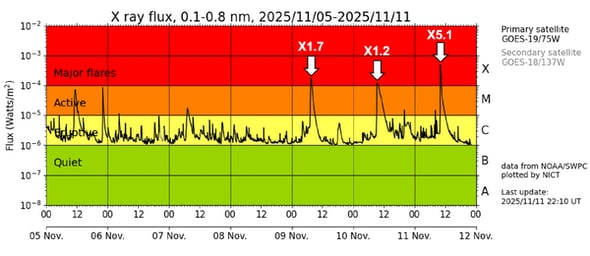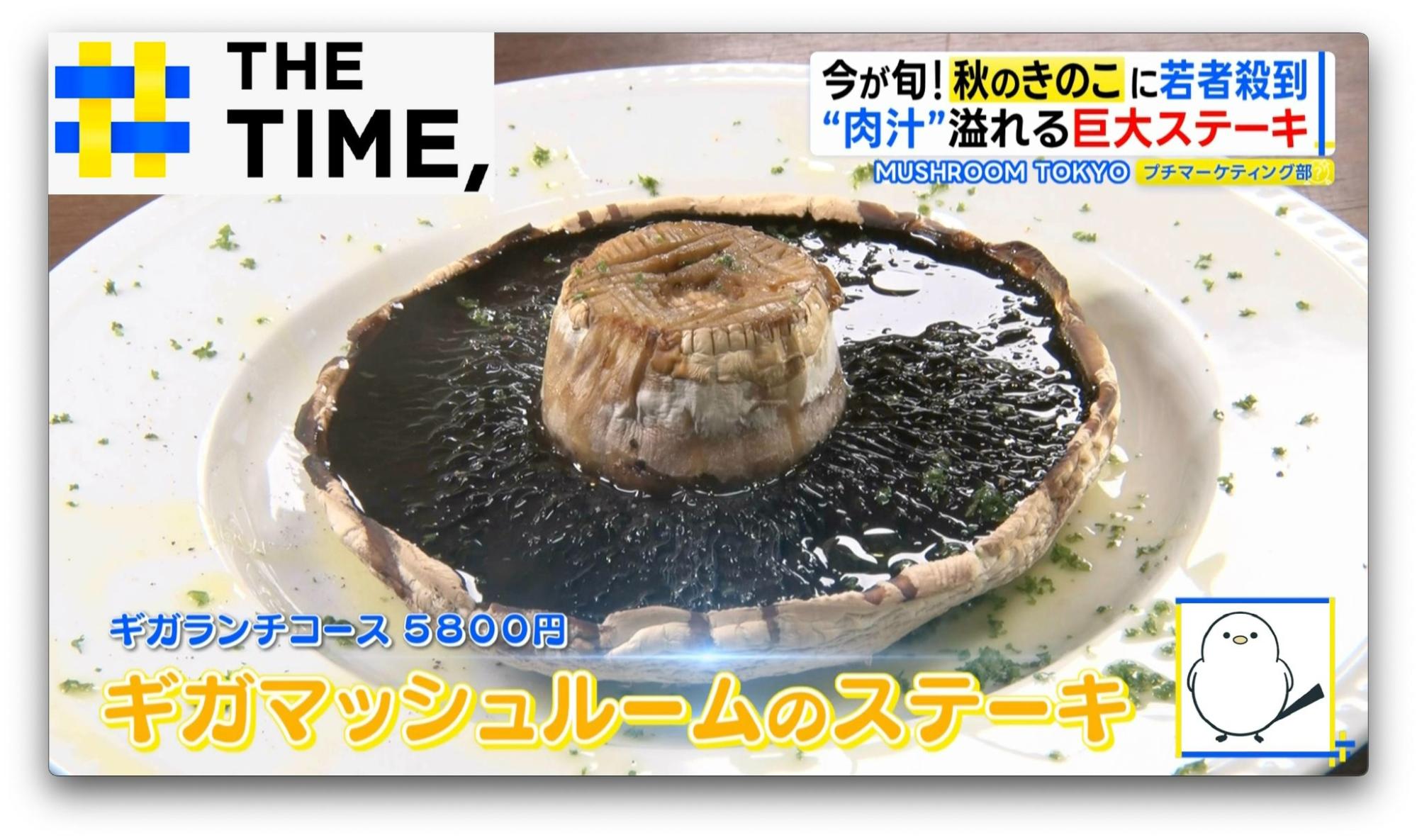
When you buy through links on our articles, Future and its syndication partners may earn a commission.

Two bright meteors were caught slamming into the moon on Thursday (Oct. 30) and Saturday (Nov. 1), by Japanese astronomer Daichi Fujii, curator of the Hiratsuka City Museum. The flashes, visible from Earth for just a split second, were caused by space rocks striking the lunar surface at high speed, producing brief but brilliant explosions of light.
As the Southern Taurid meteor shower approaches its peak around Nov. 5 and the Northern Taurids follow on Nov. 9, meteors are already lighting up Earth's skies — and apparently that of the moon as well. Fujii recorded the impacts using cameras aimed at the moon's nightside, sharing the dramatic videos on his X account.
The first collision occurred at 8:30 p.m. Japan Standard Time (6:30 a.m. EST or 1130 GMT) on Oct. 30, while the second happened at 8:49 p.m. Japan Standard Time (6:49 a.m. EDT or 1149 GMT) on Nov. 1.
According to Fujii, the Oct. 30 flash appeared east of the Gassendi Crater. Based on his calculations, the impactor was likely part of the Taurid meteor stream, striking the moon at a velocity of 27 km/s (60,000 mph) and an angle of 35 degrees. The meteoroid's estimated mass was 0.4 pounds (0.2 kilograms), excavating a crater about 10 feet (3 meters) wide and producing a flash lasting just 0.1 seconds.
"The pixels were saturated, so it's possible the flash was even brighter than the recorded data suggests", Fujii told Space.com.
The second flash, on Nov.1, appeared west of Oceanus Procellarum, one of the moon's largest lunar maria.
While it's not yet confirmed whether these impacts originated from the Taurids or were simply sporadic meteors, Fujii notes the timing aligns with the showers' period of increased activity. This marks the latest in a series of lunar impact observations by Fujii, who has become one of the leading recorders of such events.

"I started observing lunar impact flashes around 2011 and have been continuously observing since 2020," Fujii said. "With my 20cm telescope, I typically detect about one impact flash every few dozen hours of observation. Because the thin crescent moon is visible only briefly and often low in the sky where thin clouds are common, I only observe a few dozen flashes per year".
Fujii has documented a total of 60 flashes so far.
Unlike Earth, which is shielded by a thick atmosphere that vaporizes most meteors before they reach the ground, the moon's virtually non-existent atmosphere means there is nothing to slow down incoming meteors, sending them crashing into its surface at speeds of 45,000 to 160,000 mph (20 to 72 km/s) — releasing powerful bursts of light and heat on impact.
Such impacts can excavate craters tens of feet across, even from meteoroids weighing just a few pounds. For example, a rock just 11 pounds (5 kilograms) in mass can gouge a crater more than 30 feet (9 meters) wide and eject over 75 metric tons of lunar soil and rock, according to NASA.
latest_posts
 Alice Wong, founder of the Disability Visibility Project, dies at 51
Alice Wong, founder of the Disability Visibility Project, dies at 51 The 15 Best Business visionaries Under 40
The 15 Best Business visionaries Under 40 Traveling Alone: An Excursion of Self-Disclosure
Traveling Alone: An Excursion of Self-Disclosure Motivational Travel Objections for History Buffs
Motivational Travel Objections for History Buffs 上白石萌歌、地上波連ドラ初主演 年の差ラブコメにW主演の生田斗真「美容に気を使わなきゃ」(ENCOUNT)
上白石萌歌、地上波連ドラ初主演 年の差ラブコメにW主演の生田斗真「美容に気を使わなきゃ」(ENCOUNT) 高見侑里、第1子の妊娠を発表「新たな命を授かりました」 仕事は「体調を見ながら」継続予定、夫はflumpool・尼川元気(オリコン)
高見侑里、第1子の妊娠を発表「新たな命を授かりました」 仕事は「体調を見ながら」継続予定、夫はflumpool・尼川元気(オリコン) 「きのこブーム」到来か!?“顔サイズ”の巨大ステーキや“きのこジェラート”も人気【THE TIME,】 (TBS NEWS DIG Powered by JNN)
「きのこブーム」到来か!?“顔サイズ”の巨大ステーキや“きのこジェラート”も人気【THE TIME,】 (TBS NEWS DIG Powered by JNN) The 25 Most Notable Style Crossroads in History
The 25 Most Notable Style Crossroads in History Figure out How to Improve Your Stream Voyage with Remarkable Trips and Exercises
Figure out How to Improve Your Stream Voyage with Remarkable Trips and Exercises













